Mindful Spaces: Using Biophilic Design To Promote Student Wellbeing In Independent Schools
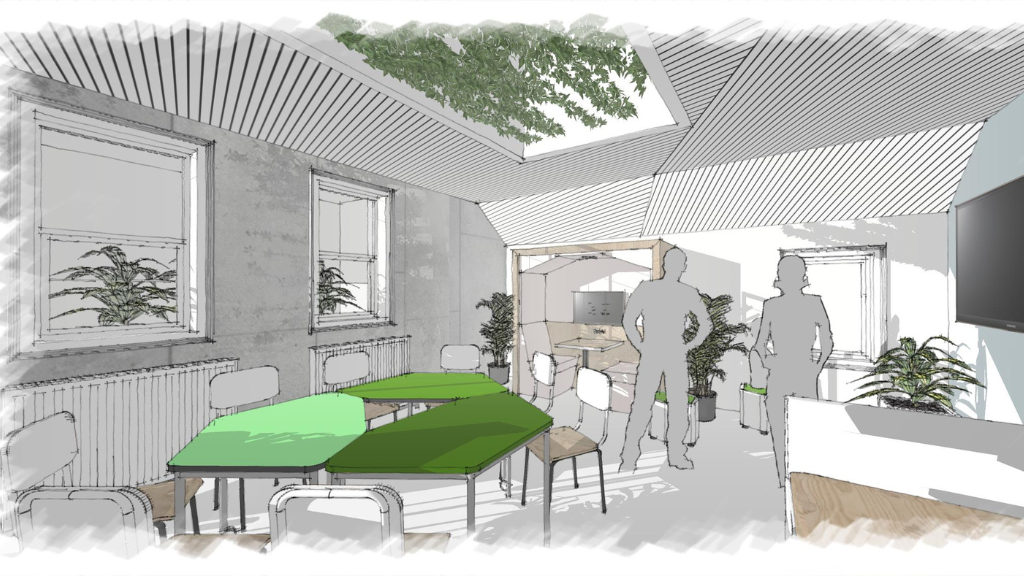
How does Biophilic design impact on mindful spaces to ensure students can develop their social and emotional learning and wellbeing? What makes a successful biophilic mindful space? Our educational consultants have recently worked with Putney High School to create stunning Biophilic designs throughout and have the answers to these questions and more…
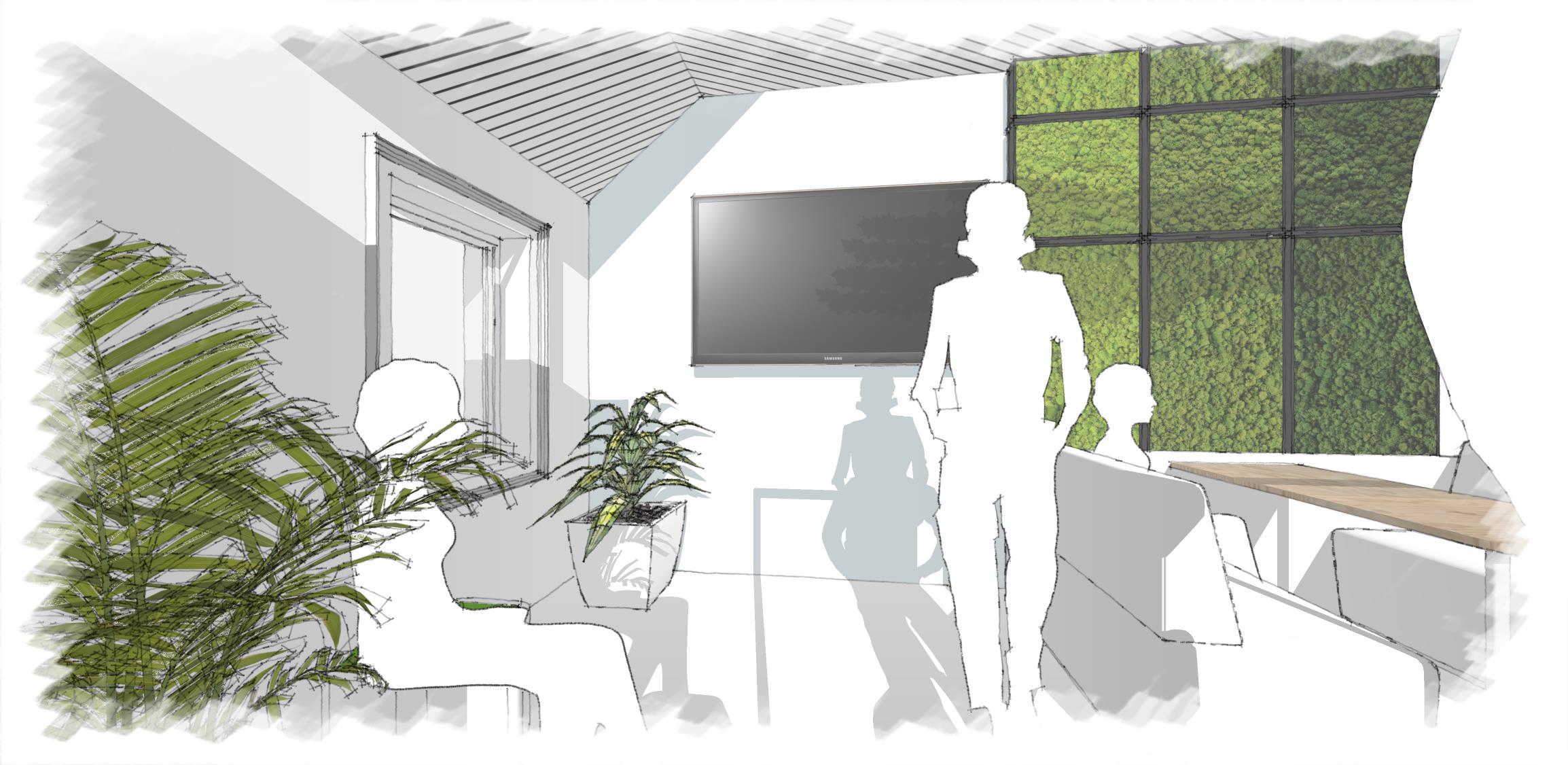
What should be in your Mindful Space?
Whatever space has been identified as your mindful area should be free of clutter and distractions. Designs that feature hidden storage and clean lines mean that you can keep your mindful space clear and allow students to focus in the moment.
Regulation of emotions is a vital way for your young people to learn coping strategies to increase resilience and to be able to rejoin the classroom ready to learn and without feeling embarrassed or ashamed of their behaviour.
Mindful spaces – particularly those with Biophilic elements – allow for the introduction of mindful strategies; students in turn feel supported by their teachers and school staff which then gives young people better confidence in their learning environment, builds resilience and improves wellbeing and emotional self-management.
It is thought that when out in nature, our brains function on a level of ‘soft fascination’. After experiencing this mental pause our cognitive capacity increases (Kaplan & Kaplan, 1989, Kaplan, 1995).

Biophilic Design at Putney High School for Girls
Senior leaders at Putney High School wanted a safe SEND space that incorporated biophilic elements to bring a sense of calm and neuro-inclusion that built on previous work achieved in their Junior School. Our educational consultants worked with school leaders to find solutions that fitted in with the school’s ethos and values including a range of symbolic materials such as timber and glass to represent water and trees, sustainable flooring, an array of plants and even wallpaper featuring a Biophilic shadow prints to blend the illusion between real and static moving shadows. In addition, the school considered a variety of seating and desks for individual and collaborative needs and to encourage critical thinking, acoustic wall mounted moss panels and a new roof light to create a moving graphic as the light changes. These changes inspired a new staircase portal indicating students’ epistemological ascent, and experiential calm and growth mindset enhanced through Biophilic design and symbolic tree shapes. By maximising use of natural light to provide optical flow and instil confidence (Aries et al, 2015), we added softer, warmer tones celebrate inclusion and provide intimacy in what can be a challenging environment.
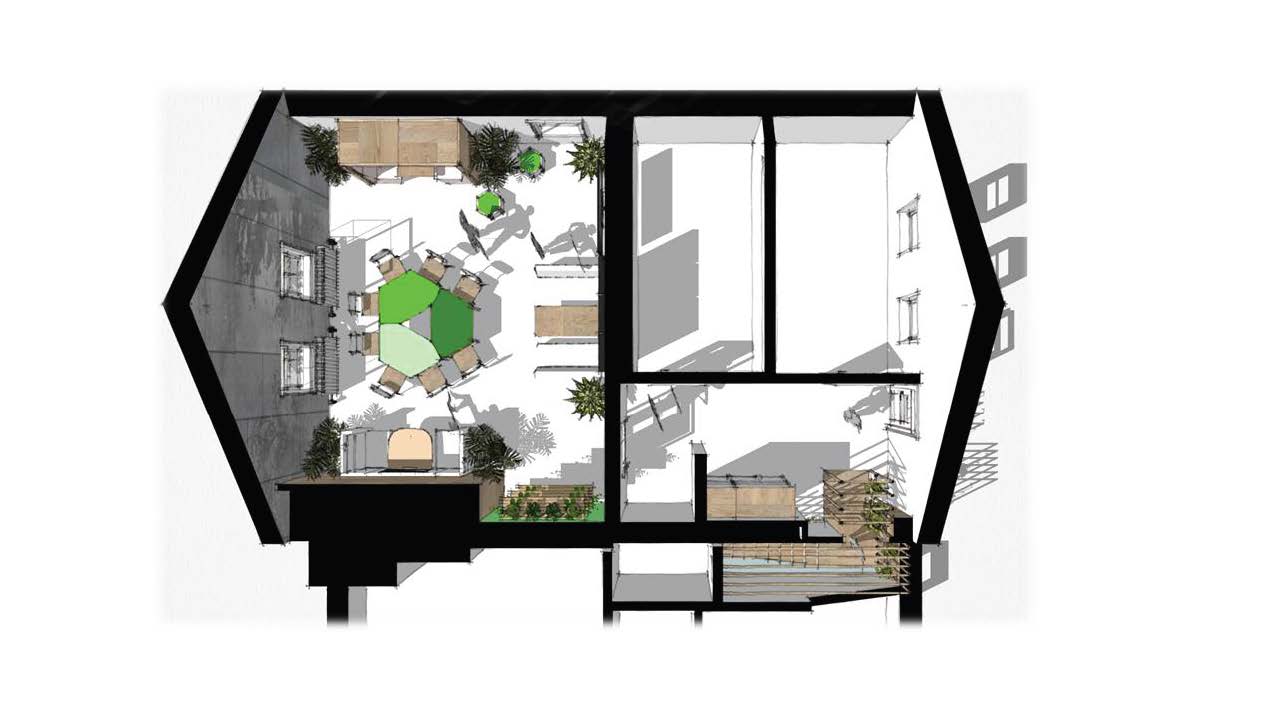
Making Biophilic Mindful Space Work for Your School
Biophilic design can support student wellbeing in your school by introducing plants and water features to help students feel calmer and more focused. Design sustainable areas to allow as much natural light as possible; even terrariums and moss mosaics will thrive in less bright areas while still bringing organic health benefits to staff and students. Botanicals of all kinds can be used in your mindful space – and throughout your school – whether planters, gardens or living walls, to benefit the wellness of staff and students alike. Call our educational design consultants at Noble and Eaton to find out more.
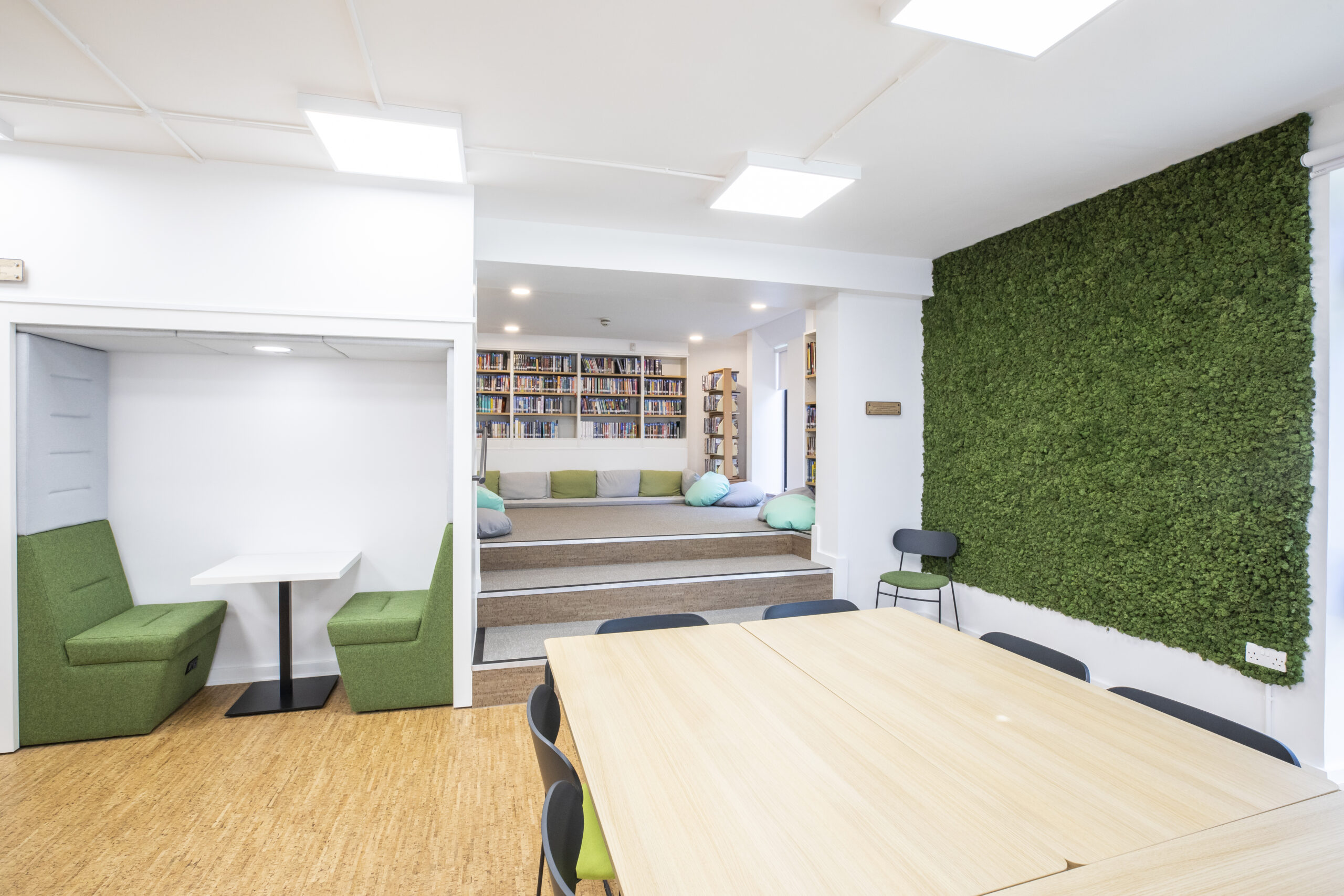
References
Kaplan & Kaplan, 1989, Kaplan (1995) The restorative benefits of nature: Toward an integrative framework Aries. M, et al (2015) Daylight and health: a review of the evidence and consequences for the built environment. Light. Res. Technol., 47 (2015), pp. 6-27


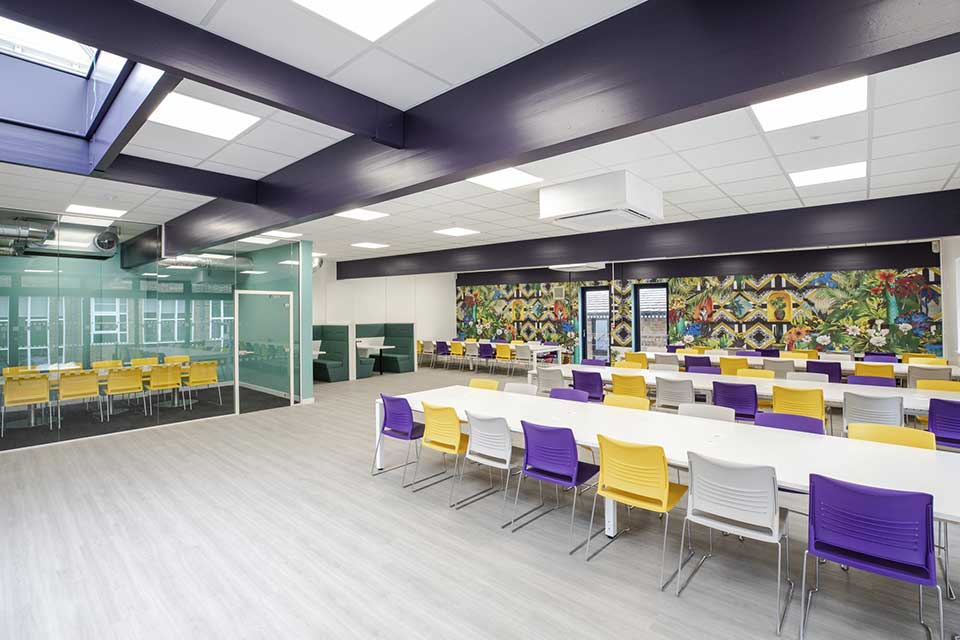

Leave a Reply